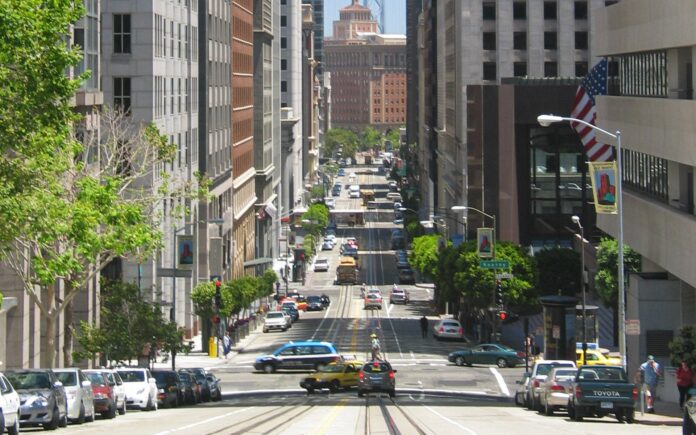Small cell deployment in San Francisco shows results
Jake Hamilton has spent two years preparing for the Super Bowl, but when Sunday afternoon comes he will not be watching the game. Hamilton is the Verizon Wireless engineering director for Northern California, and he and his team will spend Sunday staring at computer monitors instead of TV screens, tracking the number of users on each frequency and cell site.
So far, the Verizon Wireless network is performing well in San Francisco, with carrier aggregation enabling download speeds of up to 190 megabits per second, said Hamilton. Most users won’t see that kind of speed, but Verizon is confident the network will hold up as traffic increases.
“We’re seeing consistent speeds of 50 to 75 megabits per second downlink,” Hamilton said. “Uplink has been strong as well. We haven’t seen any capacity issues on the uplink. We saw a huge spike after the Bay Bridge Lighting ceremony where we assume people were uploading their photos and their videos, but our network held very strong during that event and we’re seeing upload speeds on average around 20 megabits per second.”
Hamilton attributes much of the improvement in network speed and capacity to Verizon’s small cell deployment in San Francisco. The carrier is deploying a total of 400 small cells, and so far 150 of those have been activated. 75 of those were considered critical for network success during the Super Bowl.
“The speeds that we’re seeing in San Francisco … have been really amazing … and we attribute a lot of that to the small cell program and the number of small cells that we’ve deployed around those areas,” said Hamilton. “Specifically for the Super Bowl we’ve built 16 new cell sites in the area and we’ve installed 75 small cells.” Overall, the carrier calculates its Super Bowl network investment at $70 million, part of a larger investment it says will create a permanently stronger network.
“We’ve invested a lot more than $70 million dollars in the network in and around San Francisco, but specifically $70 million targeted just for Super Bowl City, the NFL Experience, 50th Mile, the areas around Levi’s [Stadium], the airport and some of the major hotels that we expect a lot of people to be staying at this weekend,” said Hamilton. For a municipality, infrastructure investment is one of the major benefits of an event like the Super Bowl, because the infrastructure remains in place after the event is over.
Levi’s Stadium is designed to handle more than 6 terabytes of data traffic, according to Verizon. During the game Verizon engineers will be monitoring each sector of the network and the stadium in order to maximize network capacity. Most of the antennas in the stadium can be remotely adjusted to accommodate traffic patterns. In addition, the engineers can remotely adjust each cell site’s power. If one sector starts to become overloaded, the team can reduce power to that sector and increase power to an adjacent one, shifting some of the traffic to the less-crowded sector.
Follow me on Twitter.

